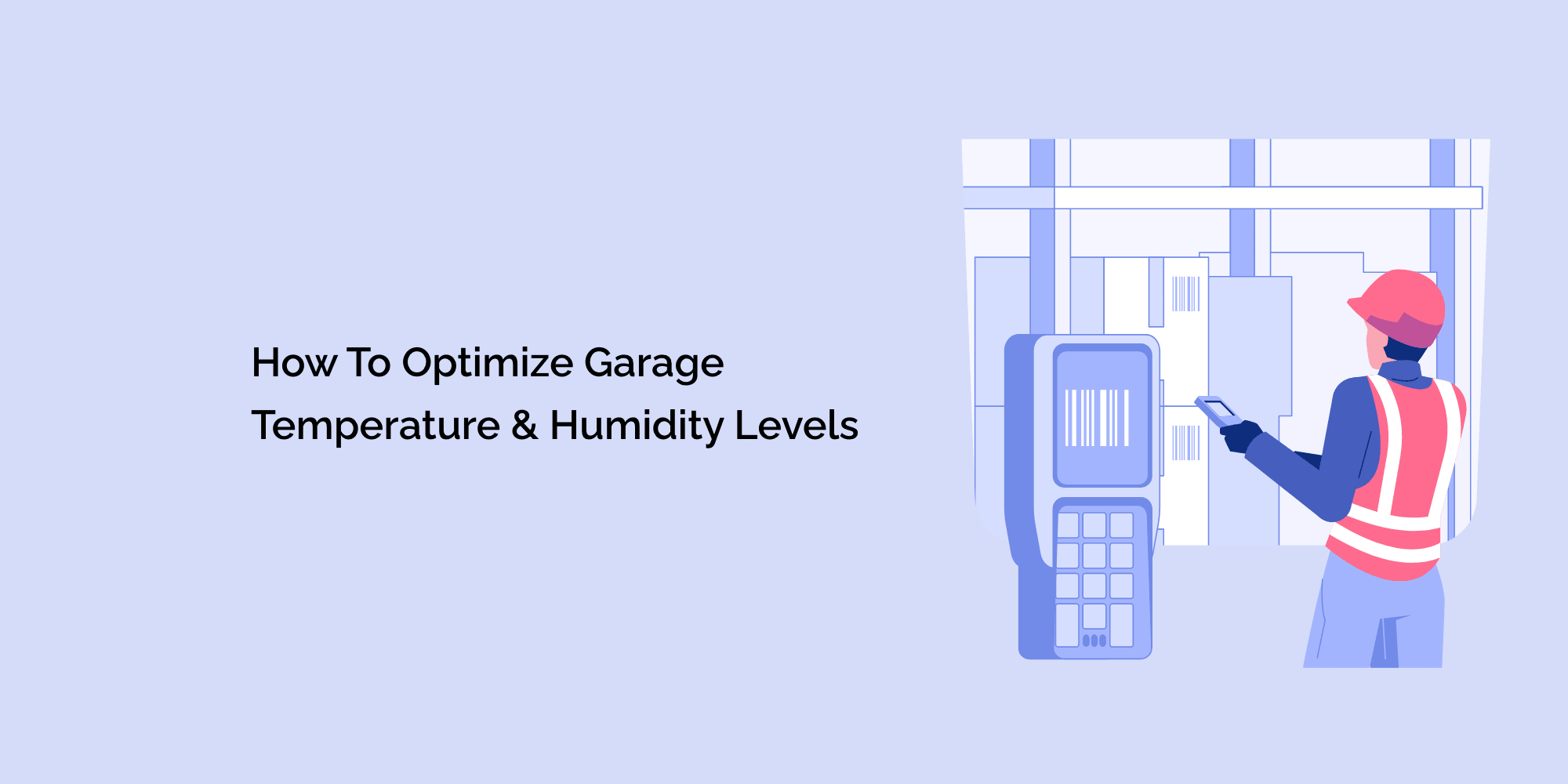Maintaining optimal temperature and humidity levels in your garage is crucial for preserving your belongings, ensuring functionality, and creating a comfortable environment. Fluctuations in temperature and humidity can lead to damage, corrosion, and discomfort. However, by implementing effective strategies, you can optimize the climate control in your garage. In this blog, we will explore practical tips and techniques to help you achieve and maintain ideal temperature and humidity levels. Let's dive in and learn how to optimize your garage's climate.
Understanding the Importance of Garage Climate Control
Maintaining optimal temperature and humidity levels in your garage is essential for preserving stored items, ensuring equipment functionality, and creating a comfortable workspace. Extreme temperatures can cause damage, while high humidity levels can lead to mold growth and corrosion. Understanding the significance of garage climate control is the first step toward achieving an optimized environment.
Insulation: The Key to Temperature Regulation
Proper insulation is crucial for regulating temperature in your garage. Insulate the walls, ceiling, and garage door using insulation materials suitable for your climate. This helps minimize heat transfer, reducing the impact of external temperatures on the interior. Well-insulated walls and a properly insulated garage door can significantly improve temperature control.
Ventilation: Ensuring Proper Air Circulation
Effective ventilation is essential for maintaining proper air circulation and temperature control in your garage. Install vents or exhaust fans to facilitate the exchange of air and remove excess heat. This prevents the buildup of stagnant air and helps regulate temperature, especially during hot summer months.
HVAC Systems: Achieving Precise Temperature Control
Installing a heating, ventilation, and air conditioning (HVAC) system in your garage provides precise temperature control. HVAC systems offer the ability to cool or heat the space, ensuring optimal conditions throughout the year. Choose a system with the appropriate capacity and consider zoning options to efficiently manage temperature in specific areas of the garage.
Dehumidification: Managing Garage Humidity
Controlling humidity levels in your garage is crucial for preventing mold growth and corrosion. Utilize dehumidifiers to remove excess moisture from the air. Portable or whole-house dehumidifiers can help maintain the desired humidity range, protecting your belongings and ensuring a comfortable environment.
Sealing and Weatherstripping: Preventing Heat and Moisture Infiltration
Sealing gaps and weatherstripping around windows, doors, and walls is essential for preventing heat and moisture infiltration. Proper sealing minimizes drafts and prevents outside elements from affecting the interior climate. This helps maintain temperature control and prevents unwanted heat or moisture from entering the garage.
Lighting Choices: Balancing Functionality and Heat Output
When choosing lighting for your garage, consider options that balance functionality and heat output. LED lights are energy-efficient and generate less heat compared to traditional incandescent bulbs. They provide bright illumination without adding unnecessary heat to the space, contributing to better temperature control.
Regular Maintenance: Sustaining Optimal Climate Control
Regular maintenance is crucial for sustaining optimal climate control in your garage. Clean or replace air filters in your HVAC system to ensure proper airflow and efficient temperature regulation. Inspect insulation for any signs of damage or wear, and repair or replace as needed. Regularly check and clean ventilation systems to maintain proper air circulation.
Energy Efficiency: Conserving Resources and Reducing Costs
Implementing energy-efficient practices in your garage not only helps conserve resources but also reduces costs. Use programmable thermostats to optimize temperature settings based on occupancy patterns. This prevents unnecessary heating or cooling when the garage is not in use. Additionally, consider energy-efficient appliances and lighting options to further reduce energy consumption and lower utility bills.
Conclusion
Achieving and maintaining optimal temperature and humidity levels in your garage is essential for preserving your belongings, ensuring equipment functionality, and creating a comfortable workspace. By implementing strategies such as insulation, ventilation, HVAC systems, dehumidification, sealing, proper lighting, regular maintenance, and energy-efficient practices, you can optimize your garage's climate control. Take the necessary steps to create an environment that suits your needs and maximizes the functionality of your garage space.








